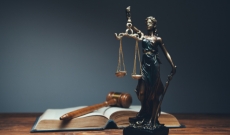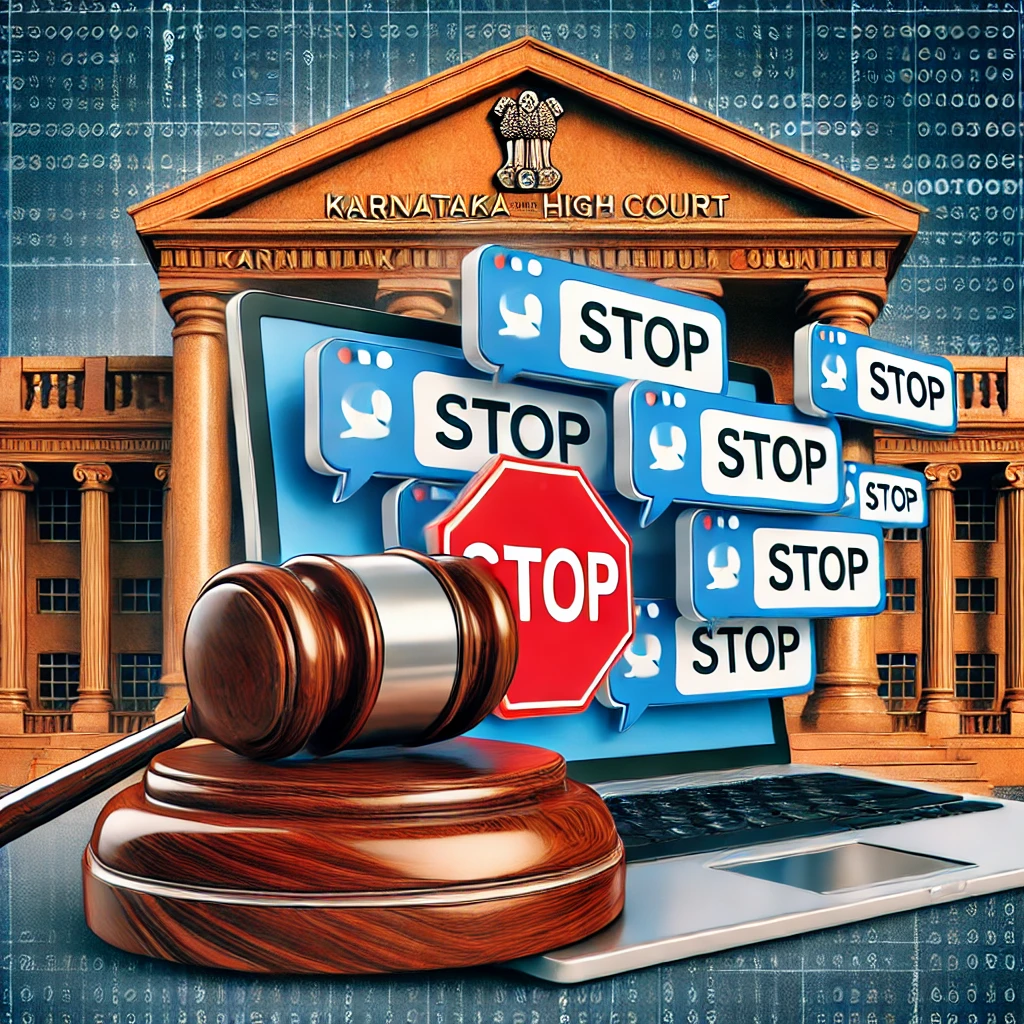Media laws at Pitcairn Islands (BOT)
The Pitcairn Islands, being a British Overseas Territory, has a unique legal system that blends local ordinances with certain UK legislation and the common law of England. Due to its extremely small population (around 50 inhabitants), its media landscape is vastly different from a typical country.
Here's a breakdown of media laws and related considerations in the Pitcairn Islands:
1. Constitutional Basis for Freedom of Expression:
The Pitcairn Constitution Order 2010: This is the foundational legal document for the Pitcairn Islands. Schedule 2 of this Order, which outlines the "Constitution of Pitcairn," includes a section on "Freedom of expression" (Section 13). This provision generally protects the right to hold opinions and to receive and impart ideas and information without interference.
However, like most such clauses, it's not absolute and can be subject to limitations "as are prescribed by law and are necessary in a democratic society in the interests of national security, public safety, public order, public morality or public health; or for the protection of the reputations, rights and freedoms of other persons."
2. Local Legislation and Governance:
Ordinances made by the Governor: The primary source of local law in Pitcairn is ordinances made by the Governor. These are published on the official government website.
United Kingdom Legislation and Orders in Council: Certain UK laws and Orders in Council are extended to Pitcairn and form part of its legal framework.
Common Law of England: The common law, rules of equity, and statutes of general application in force in England also apply, "so far as local circumstances and the limits of the jurisdiction permit." This means that principles of English common law regarding media, such as defamation, privacy, and contempt of court, would generally be applicable.
3. Specific Media-Related Laws and Considerations:
Broadcasting Ordinance and Telecommunications Ordinance: The Pitcairn Islands Government regulates telecommunications and broadcast. The Broadcasting Ordinance governs radio and television services, while the Telecommunications Ordinance 2015 covers licensing and operation of telecommunications services (landline, mobile, internet, satellite).
Content restrictions generally include prohibitions on "obscene, indecent, or offensive material, as well as hate speech and incitement to violence."
Operating a telecommunications service without a license is illegal.
Defamation: While there isn't likely a specific "Defamation Act" unique to Pitcairn, the principles of defamation law from English common law would apply. This means individuals could be held liable for false statements that harm another's reputation. Given the small, close-knit community, the impact of such statements could be significant.
Freedom of Information Ordinance 2012: This ordinance grants members of the public rights of access to information held by public authorities. This is a crucial aspect of media access and transparency.
Media Visit Requests: Individuals or organizations seeking to visit the Pitcairn Islands for media purposes (journalism, documentary filming, etc.) must submit a formal Media Visit Request Letter to the Mayor and Island Council for approval. This indicates a level of control over external media presence.
Very Limited Local Media: The Pitcairn Islands do not have a robust traditional media infrastructure (e.g., daily newspapers, commercial TV/radio stations) due to the tiny population. Communication primarily occurs through community channels, the internet (which is limited), and potentially a local amateur radio presence.
Censorship: There is no overt, specific censorship legislation mentioned. However, the small community size and the need for communal harmony could lead to informal social pressures or expectations regarding communication. The legal framework provides for limitations on freedom of expression in the public interest, which could be invoked in extreme cases.
In summary, while the Pitcairn Islands Constitution enshrines freedom of expression, the practical application of media law is shaped by:
A blend of local ordinances, extended UK laws, and English common law.
The very small and unique nature of the community.
The requirement for official approval for external media visits.
Specific ordinances regulating telecommunications and broadcasting content.
The focus would likely be on maintaining public order, protecting individual reputations, and preventing the dissemination of harmful content, all within the context of a highly isolated and self-reliant population.




















0 comments